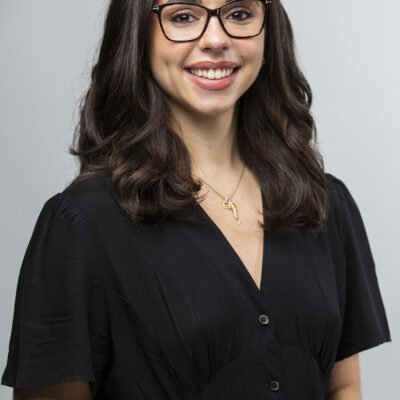
Eight days after Salvador Ramos turned 18, he walked into his former elementary school armed with a legally-purchased AR-15-style rifle and killed 19 children and two adults—all within about three minutes. The mass shooting happened on May 24, 2022, at Robb Elementary in Uvalde, Texas; it’s now the second deadliest school shooting in the United States on record. One year after the massacre, FRONTLINE, Futuro Investigates and The Texas Tribune produced “After Uvalde,” an investigative documentary seeking answers about how it happened, the botched police response and Texas lawmakers’ failure to pass meaningful gun control laws.
The film follows journalist Maria Hinojosa, who speaks with Uvalde community members reeling from the tragedy and government officials who are advocating for and against Senate Bill 145 and House Bill 2744, which aim to raise the legal age to purchase weapons like the AR-15 from 18 to 21. “We do everything to protect these guns. Let’s just try something to protect our children,” a parent of a child killed in the massacre said while testifying in court. Throughout the film, harrowing accounts of the mass shooting are met with disheartening pleas to restrict gun control laws, begging the question “where do we go from here?” For philanthropy, this question serves as a call to continue supporting the development of investigative documentary film and other media that inspire meaningful change. Watch now.
